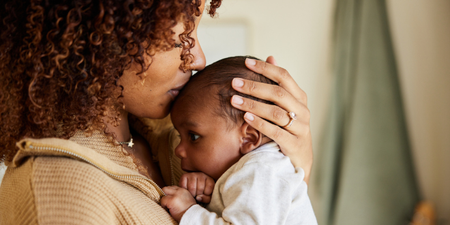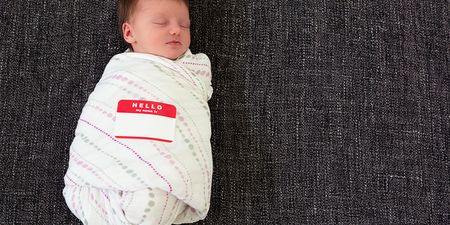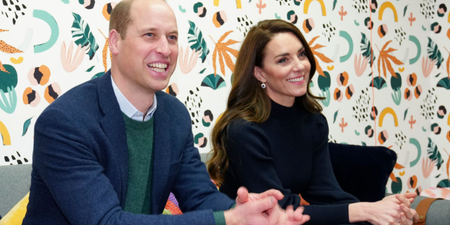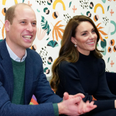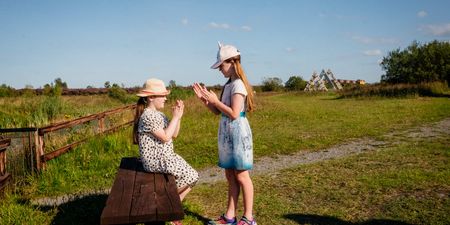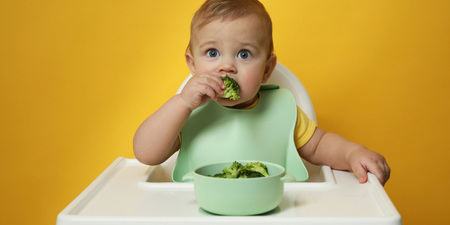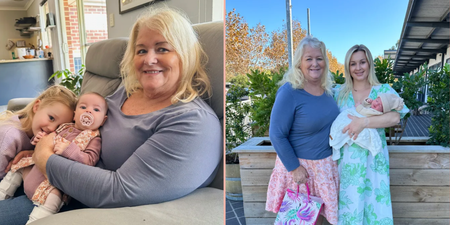The golden hour.
This is how my midwife in the hospital in Oslo where I gave birth described the hour or two that followed birth.
What she referred to, was how important those magical moments after birth really are. When mum and baby get to look at each other for the very first time. When they fall deeply in love. When everything else in the entire world just melts away. This hour, when the new mum and her baby has uninterrupted skin-to-skin contact is an integral factor in promoting strong bonds between the two, and has also proven a really important step for facilitating breastfeeding.
These snuggles release the happy hormone oxytocin, vital for bonding and connection, and has even proven to have benefits on babies’ growing brains.
Even more amazing? The benefits of this magical first hour of cuddles last a long time. A long, long time.
According to a study published in the journal Pediatrics, when parents practiced “Kangaroo Mother Care” with their premature babies, the little ones went on to perform better in school, register higher IQs and have preferable behavioural outcomes—even 20 years later.
For the study, researchers followed up with 441 young adults who had participated in a mother-infant bonding trial when they were premature newborns. The researchers found that the young adults of parents who practised Kangaroo Mother Care (KMC) had “reduced school absenteeism and reduced hyperactivity, aggressiveness, externalization, and socio-deviant conduct of young adults.” (Note – although it’s called “Kangaroo Mother Care,” fathers are also able to do it, which the researchers say creates better paternal bonding.)
Even more impressive, neuroimaging also showed the young adults who benefitted from skin-to-skin time as babies had larger areas of grey matter in their brains, which promotes processing.
The benefits weren’t only seen among the children: The parents who practised KMC were also more protective and nurturing in comparison to parents from the sample group that didn’t do KMC. The researchers suggest this is because “KMC seems to motivate families to become more child-oriented.”
“This study indicates that KMC had significant, long-lasting social and behavioural protective effects 20 years after the intervention… We hypothesize that the results would be even more significant if KMC was introduced as soon as the infant could tolerate it, even in ICUs. This new knowledge must be used to extend KMC coverage to the 18 million preterm and LBWI born each year, who are candidates for KMC. We firmly believe that this is a powerful, efficient, scientifically based health intervention that can be used in all settings.”
Although the study focused on the development of babies who were born premature, KMC really can be practiced with any newborn by taking time each day to rest together while skin-to-skin—which may very well be the best homework assignment any of us will ever receive.




